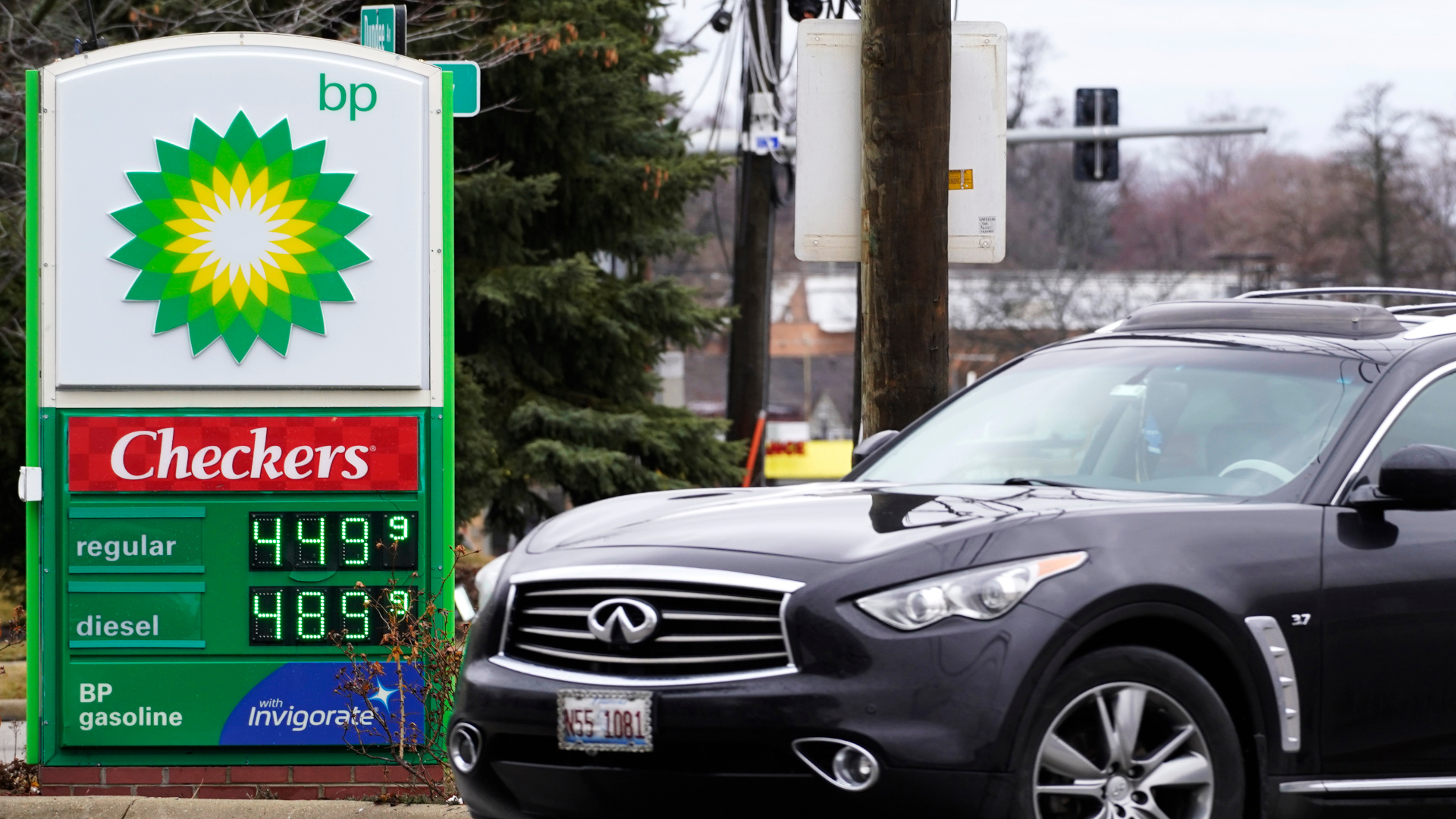

It’s a rough time to be driving a gas guzzler, as global turmoil and supply-side issues continue to drive price increases for motorists. The average price of gas has now reached a new record high of $4.37 a gallon in the US, as reported by Business Insider.
The data comes from AAA, with Tuesday’s average price of $4.374 a gallon eclipsing previous records set in recent months. Most notably, this year first saw price records broken back in March, as an average price of $4.17 eclipsed the old record of $4.11 a gallon set during the tumultuous financial conditions of 2008.
As per usual, there’s a strong spread between states. California comes in with an average price of $5.84 a gallon, with Hawaii and Nevada similarly posting averages above $5 respectively. It’s a sharp contrast to Georgia, which posted the lowest average of just $3.90 a gallon, or Oklahoma at just $3.95.
Unusually, the high prices aren’t directly tied to the high price of crude oil itself. West Texas Intermediate Crude is trading around $110 a barrel, a significant jump compared to the $85 price point before the Russian invasion. However, this isn’t enough to explain the current hike in prices.
Instead, much of the increase seen at the pump is down to the margins claimed by refineries that turn the crude oil into the gasoline, diesel, and jet fuel we all know and love. With embargos locking out Russian oil and finished fuel products, increased demand has been placed on refinery capacity outside Russia. Unfortunately, many refineries shut down or pared back capacity during the pandemic as demand vanished. Now, there isn’t enough refinery capacity left to make up the shortfall with Russian supplies banned from the market.
The number to follow is the “3-2-1 crack spread.” This refers to the price difference between what refiners pay for a barrel of crude, and how much they make selling the resulting two barrels of gasoline and one barrel of distillate fuel (like diesel or jet fuel).
From 1985 to 2021, the average crack spread sat around $10.50. Worst-case numbers between 2004 to 2008 never exceeded $30. Today, with refinery capacity currently maxed out, that number has soared to $55, as per reports from Bloomberg.
Crude oil supplies have stabilized due to increased production and countries releasing their strategic reserves. Despite this, refinery capacity has proven to be hard limit on how quickly that oil can be turned into useful fuels for consumers. Thus, prices at the pump remain high.
It’s a great time to own an oil refinery, and an awful time to own a thirsty car or truck. Unfortunately, Russia’s invasion rages on, and additional refinery capacity isn’t lurking just around the corner. Until those factors change, expect gas prices to remain high, and fundamentally decoupled from their usual relationship to the price of crude.
Got a tip? Let the author know: lewin@thedrive.com